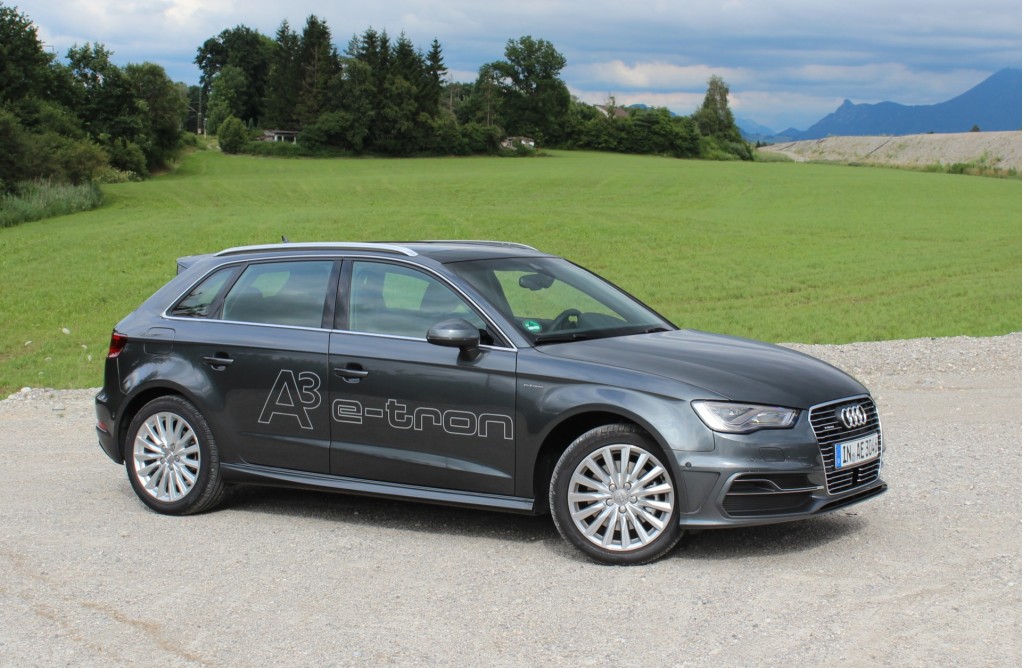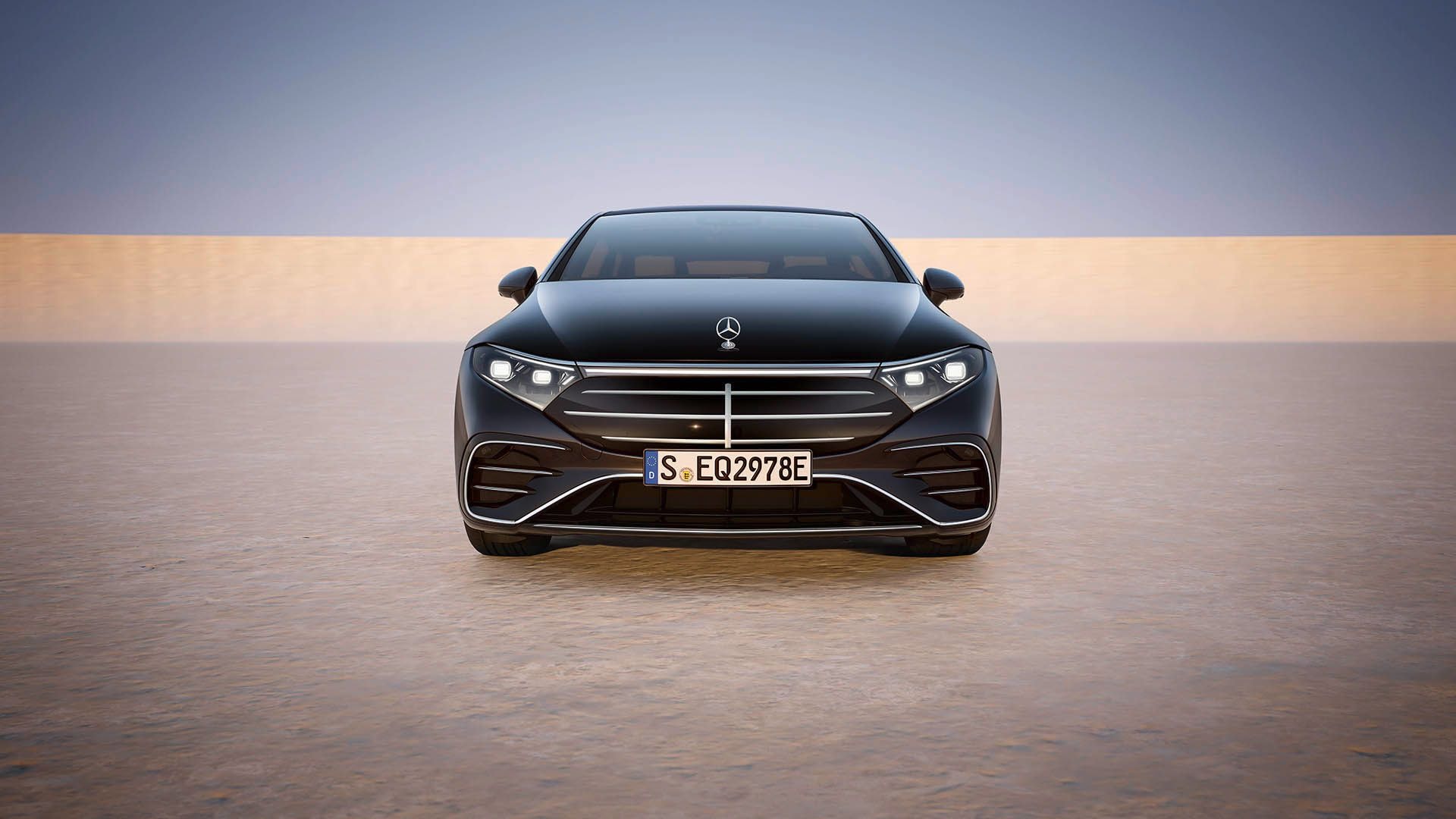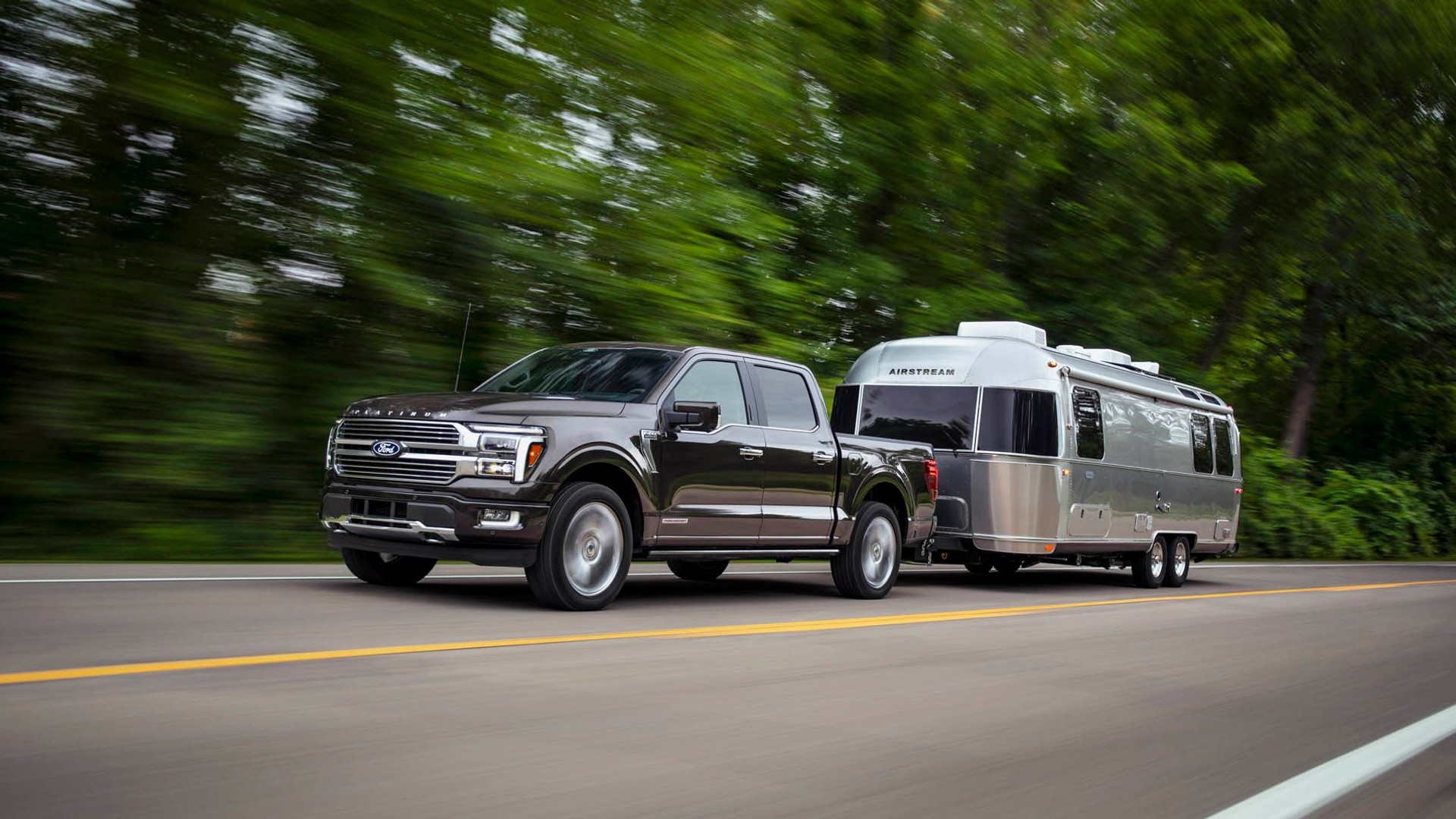Let's say your company builds a crucial, high-volume component for advanced-technology vehicles.
Suppose it emerged this week that you've now got contracts to supply two of the world's three biggest automakers.
That would put you in a good spot, wouldn't it?
First GM, now VW Group
Yesterday, LG Chem said it had secured a supply contract with Audi. That means the Korean battery maker will be selling its cells not only to General Motors but also to the Volkswagen Group.
They are two of the world's three largest camakers. The third, Toyota, has repeatedly said it sees little future for plug-in electric vehicles beyond small urban minicars, so its plug-in battery supply partners may be less important.

Mock-up of LG Chem battery for Chevrolet Volt
Back in October 2008, GM announced that LG Chem had won the "bake-off" competition to supply cells for its 2011 Chevrolet Volt range-extended electric car.
Earlier this year, LG became the supplier for the 2015 Chevy Spark EV compliance car as well, with both vehicles now using lithium-ion cells from its plant in Holland, Michigan.
For the Volt, LG beat competitor A123 Systems; in the Spark EV, its batteries actually replaced a pack that had used A123 cells.
Future plug-in collaboration
The news that LG Chem will supply cells to Audi for "hybrids and plug-in hybrids," was reported yesterday by Reuters and The Wall Street Journal (via ChargedEVs).
“The batteries will be used in Audi’s next-generation plug-in hybrid electric vehicles," LG Chem said yesterday in a statement.
"Given that Audi shares many auto platforms with parent Volkswagen, we expect more such deals from the German auto group."
Even more important, the two companies will collaborate on future plug-in electric vehicles as well.

2016 Audi A3 e-tron - First Drive
Two plug-in hybrid platforms
VW Group's luxury brand will launch its first plug-in hybrid, the 2016 Audi A3 e-tron SportBack, next year.
That vehicle uses the same platform and electrification technology as the Volkswagen Golf GTE plug-in hybrid, which won't be sold in the States.
Instead, a 2015 VW e-Golf electric car will be the Volkswagen brand's U.S. plug-in flagship for the moment.
By 2020, Audi has said it will offer a plug-in hybrid variant of every one of its major model lines, using two different systems.
Based on VW Group architectures, one is likely to be for compact and mid-size vehicles with transverse engines, mostly of four cylinders. The other is for mid-size to large vehicles with longitudinally mounted engines with six, eight, or possibly even twelve cylinders.
The Volkswagen brand and Audi, Bentley, and Porsche are all planning one or more plug-in vehicles in upcoming model cycles. But the underlying battery, motor, and power electronics technology is shared among all brands with only minor variations, to cut costs.

2013 Ford Focus Electric
Long time coming
Other LG Chem battery customers include Ford (for the low-volume Focus Electric), the Korean Hyundai and Kia brands, Volvo, and French maker Renault.
But with GM and VW Group now buying its cells--and Toyota likely out of reach for quite awhile--LG Chem would seem to be doing quite well in the business of supplying batteries for several types of plug-in electric cars.
Still, Nissan--which has sold more electric vehicles than any other maker--does not use LG Chem cells.
But the company plans to up the game: Reuters reported in July that CFO Cho Suk-jeh said LG Chem will supply batteries in 2016 for an electric car with a range of 200 miles or more.

Battery pack assembly for 2015 Chevrolet Spark EV electric car at GM's Brownstown, Michigan, plant
This week's announcement is the result of almost a decade of planning and effort.
LG Chem announced in April 2011 that it had opened what was then the world's highest-capacity battery plant, in Ochong, South Korea.
It said it had two more plants in the works--one of them the Michigan facility now in production--and that it intended to capture 25 percent of the market for advanced automotive cells by 2015.
That goal suddenly looks more achievable with both GM and VW Group under its belt.
_______________________________________________













